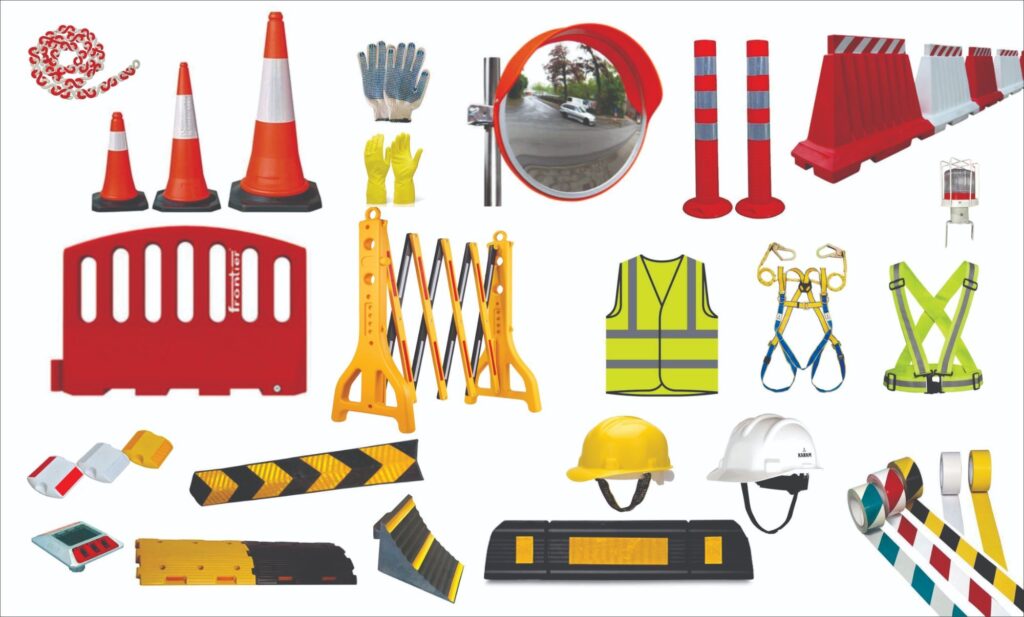The Importance of Ethics in Marketing is everywhere—it shapes the way we think, influences what we buy, and even impacts the way we see the world. But with such power comes responsibility. In today’s competitive landscape, ethical marketing isn’t just a nice-to-have; it’s a must-have. Why? Because people crave authenticity, honesty, and brands they can trust.
Let’s explore why ethics in marketing is essential and how it can elevate your brand while creating a positive impact on the world.
1. Building Trust with Your Audience: Imagine walking into a store where the salesperson is overly pushy or promises things they can’t deliver. Would you go back? Probably not. The same applies to marketing. Misleading claims, hidden fees, or exaggerated benefits might get you a quick sale, but they won’t build long-term trust.
Ethical marketing ensures that your audience knows exactly what they’re getting. Whether it’s being transparent about product ingredients, pricing, or delivery timelines, honesty builds credibility—and credibility leads to loyalty.
2. Standing Out in a Crowded Market: Let’s face it: consumers are spoiled for choice. No matter what you’re selling, there’s a competitor out there offering something similar. What sets you apart? Your values.
Brands that prioritize ethics send a clear message—they care about more than just profit. Companies like Patagonia or Ben & Jerry’s have built empires by aligning their marketing with their values, whether it’s sustainability or social justice. People love to support businesses that reflect their own beliefs and stand for something meaningful.
3. Avoiding Legal and PR Nightmares: We’ve all seen stories of brands that were called out for unethical practices—false advertising, cultural appropriation, or greenwashing. The result? Public outrage, lawsuits, and irreparable damage to their reputation.
By sticking to ethical marketing practices, you can avoid these pitfalls. Being transparent, respecting cultural differences, and ensuring your campaigns are inclusive can save you from costly mistakes that could harm your brand.
4. Ethics Drives Word-of-Mouth Marketing: People love sharing positive experiences. When your marketing practices are ethical, customers feel good about supporting you—and they’re more likely to tell their friends.
For instance, if your company donates a portion of profits to a good cause or uses sustainable packaging, customers will share that story. In an age where social media amplifies everything, ethical behavior can be a powerful tool for organic growth.
5. Creating a Positive Workplace Culture: Ethics in marketing doesn’t just affect your customers—it impacts your team too. Employees are proud to work for companies that do the right thing. When your marketing aligns with ethical values, it fosters a sense of purpose within your organization.
This leads to higher employee satisfaction, better teamwork, and ultimately a stronger brand. After all, happy employees make for happy customers.
6. The Ripple Effect of Doing Good: When you practice ethical marketing, the impact goes beyond your business. You set an example for your industry, inspire competitors to follow suit, and contribute to a culture of honesty and responsibility.
Think about it: when businesses prioritize ethical practices, they create a ripple effect that benefits society as a whole.
Final Thoughts: Ethics as a Competitive AdvantageIn today’s world, consumers are smarter and more conscious than ever. They know when they’re being misled, and they won’t hesitate to call it out. Ethical marketing isn’t just about avoiding bad press—it’s about building meaningful relationships with your audience.
By being honest, transparent, and responsible in your marketing practices, you not only build a strong brand but also contribute to a better, more trustworthy world. And let’s be real—doing the right thing just feels good.
So, the next time you plan a marketing campaign, remember: ethics aren’t a limitation—they’re your greatest advantage.





